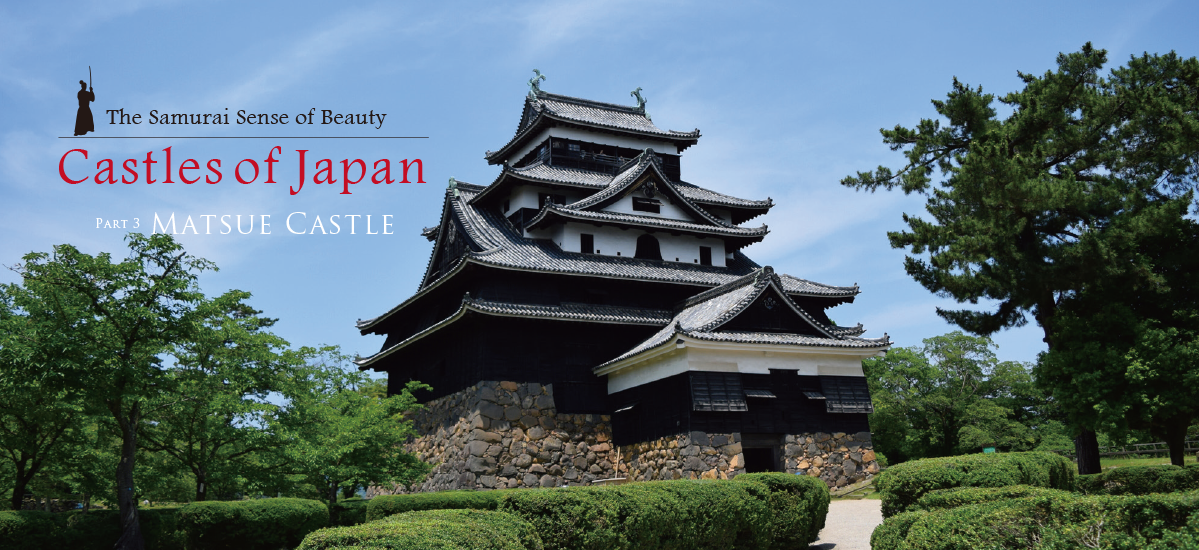
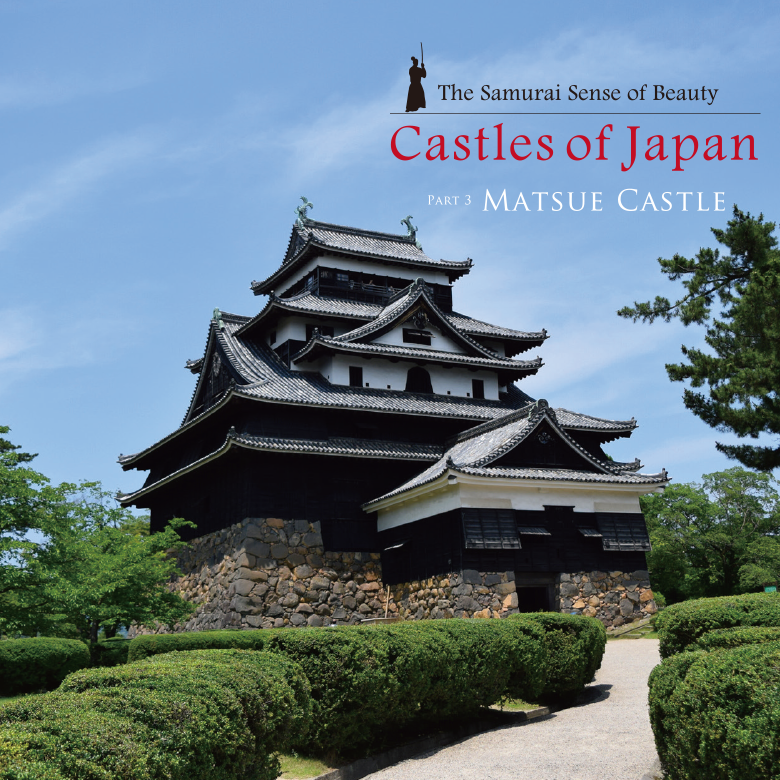
There once was a time when tens of thousands of castles stood proudly in Japan. Most of those historical edifices have long since been destroyed, and many that now remain are reconstructions or replicas of what used to be. In the entire country, only twelve castles remain as they were when they were built. The sight of these beautiful original castles strikes a chord in the hearts of all who see them.
This time we visit Matsue Castle in Shimane Prefecture.
Text : 中澤浩明 Hiroaki Nakazawa / English Version : Judy Evans
Keyword : Castles of Japan Series / Edo Period / History / Samurai / Japanese Castles / Matsue Castle / Shimane Prefecture
A Sturdy, Down-to-Earth Fortress Built for Battle
Matsue Castle was built by Horio Yoshiharu, a local daimyō (feudal lord), who had served shōgun Toyotomi Hideyoshi and, later, Tokugawa Ieyasu. As a reward for his achievements at the decisive 1600 Battle of Sekigahara that led to the establishment of the Tokugawa Shogunate, Horio Yoshiharu was given the now-ruined Gassan Toda Castle, also in Shimane Prefecture. In 1607, Horio began the construction of a new castle on Kamedayama, a small hill overlooking Lake Shinji, where he could take advantage of the transport possibilities offered by numerous waterways. Surrounded by wetlands and protected by the sea to the north and the lake to the west, this location was an excellent defensive base for a fortress. Construction of Matsue Castle was completed in 1611.
The free-standing castle keep, built to be battle-ready, appears from the outside to contain four storeys, but actually has five levels inside, as well as a basement level. The keep was designed as a defensive stronghold and was well-equipped with defensive design features, including numerous gaps for firing at invaders and ishiotoshi structures for dropping rocks on anyone attempting to scale its walls. The compound in which it stands was once encircled by watchtowers and turrets, sadly demolished after the end of the feudal era.

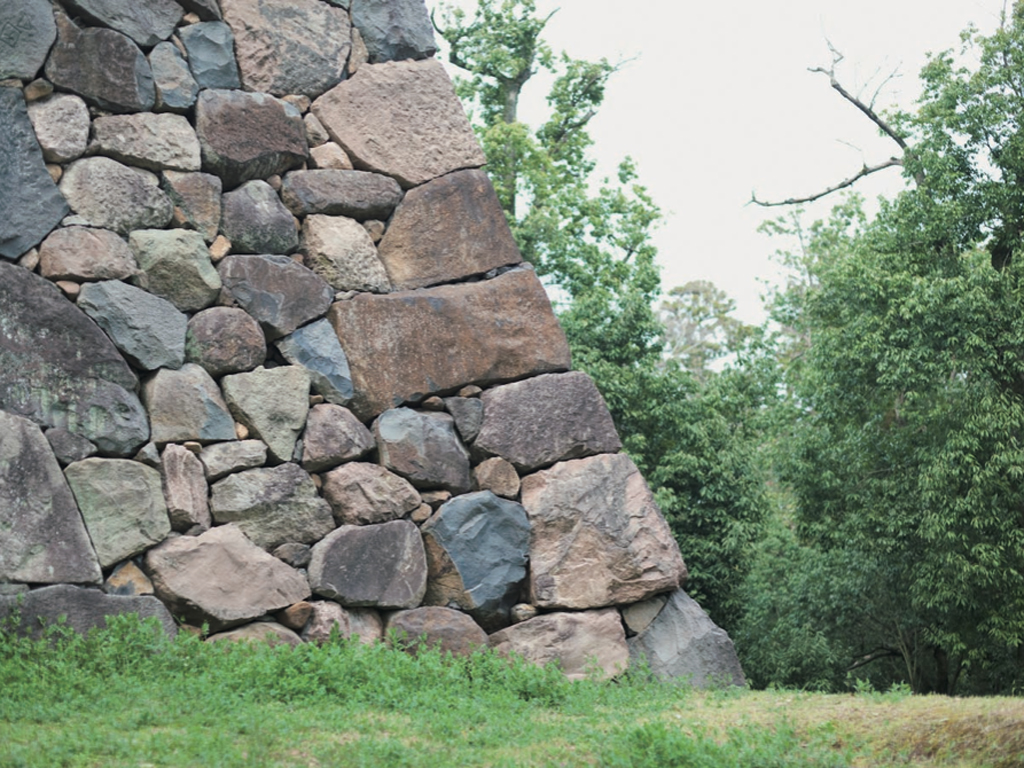
The present-day honmaru (the walled enclosure surrounding the keep) is now an expansive open space, but the keep (tenshūkaku) was once surrounded by six watchtowers (yagura) connected by roofed passageways known as watari-yagura. The ninomaru (second enclosure) descends from the honmaru at a lower level to the south and east, while the separate sannomaru (third enclosure) to the south is now the site of the Shimane Prefectural Government buildings.
Matsue Castle is classified as a hirayama-jiro, a castle on a hill surrounded by flat land. The many moats, stone walls and levels of concentric curved embankments that encircled the castle compound, ascending in a staircase fashion from the sannomaru section at the base of the hill, up to the central keep, are a classic example of flatland hill-castle defensive layout.
Castle Keep Saved by Locals
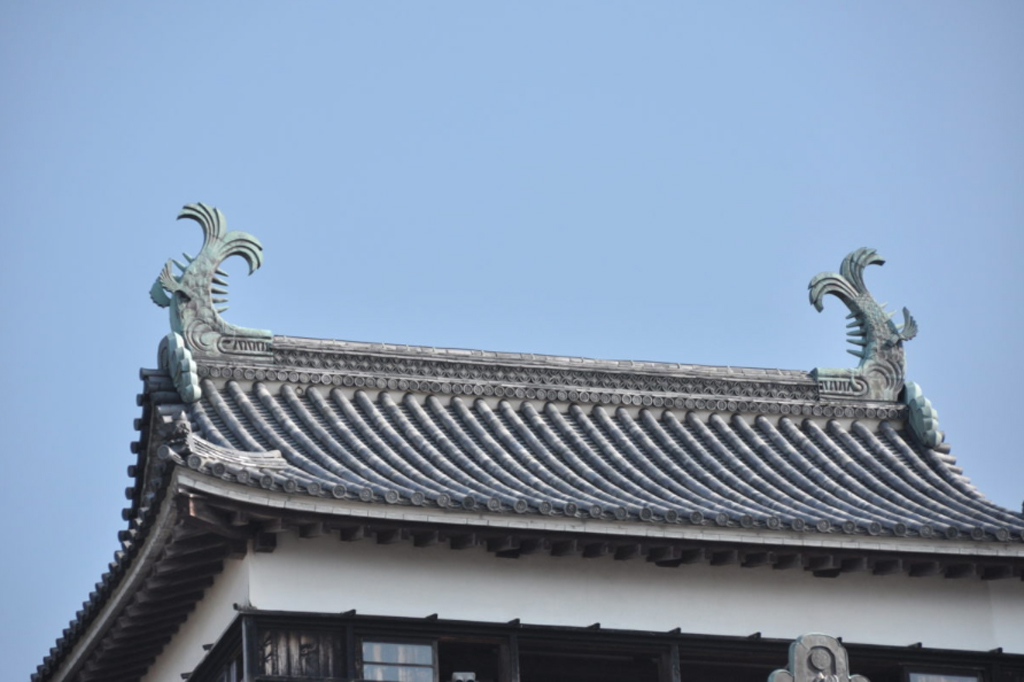
The shachi-hoko (mythical dolphins) on the roof of the keep are slightly over two metres tall, carved in wood and covered with copper, the largest such pieces remaining in Japan. On the top level, an open-sided lookout turret affords 360 degree views. The dark timber cladding designed to protect the lower floors from rain gives the castle a rough-hewn appearance, much like an old samurai warrior with his helmet on. Matsue Castle is also known as Chidori-jō (Plover Castle), due to the shape of the triangular gables at the front of the keep, which are thought to resemble plovers in flight.
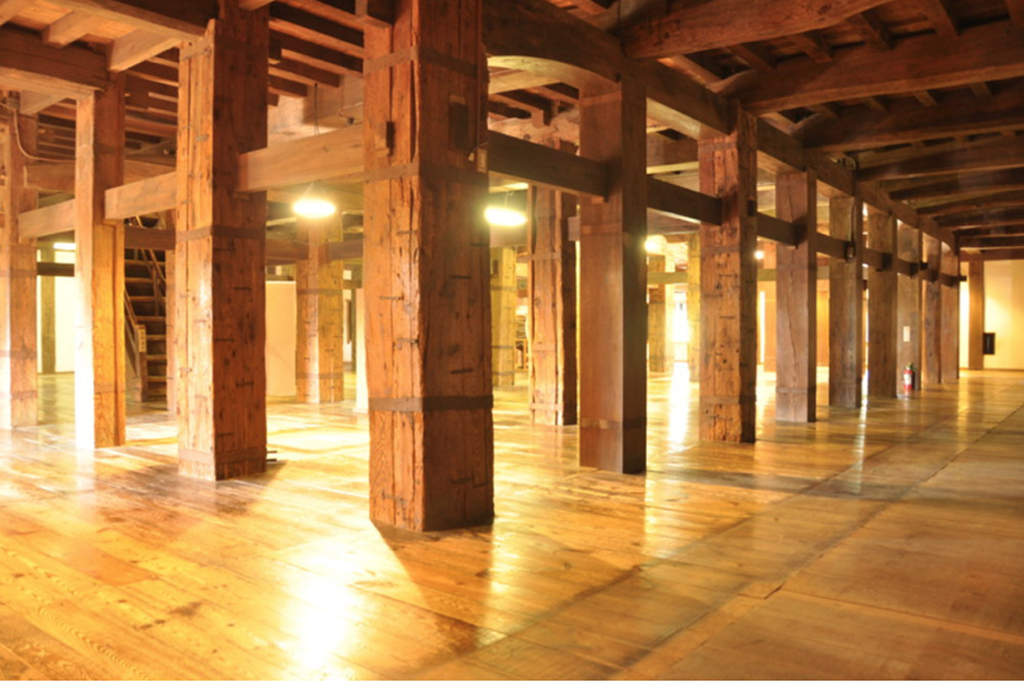
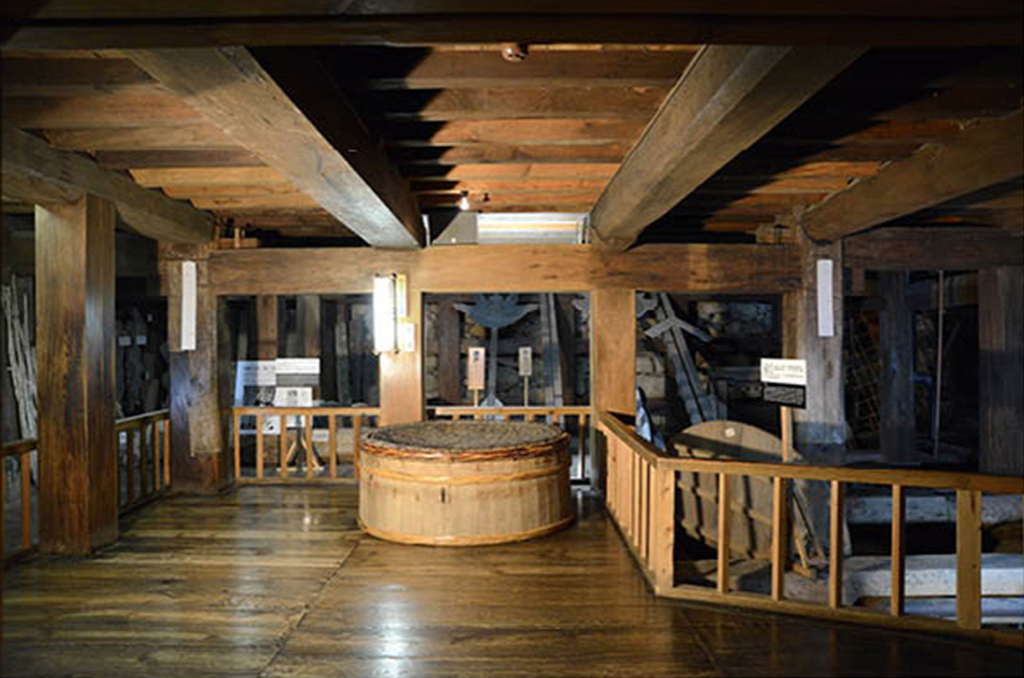

Having been protected by three successive Edo Period (1603 – 1868) clans, the Horio, the Kyōgoku and the Matsudaira, Matsue Castle was slated for demolition through the Castle Dissolution Edict (Haijōrei) issued by the Meiji Government in 1873. However, local volunteers raised funds to save the castle keep, which is now the only original castle keep remaining in the San’in Region.
Matsue Castle has come to symbolise the city of Matsue, and in 2015 became the fifth Japanese castle to be designated a national treasure. Artifacts from the period when Matsue castle presided over the surrounding town are now on display inside the castle, while the upper level of the keep, which offers views right across the town of Matsue, has become a popular tourist attraction.
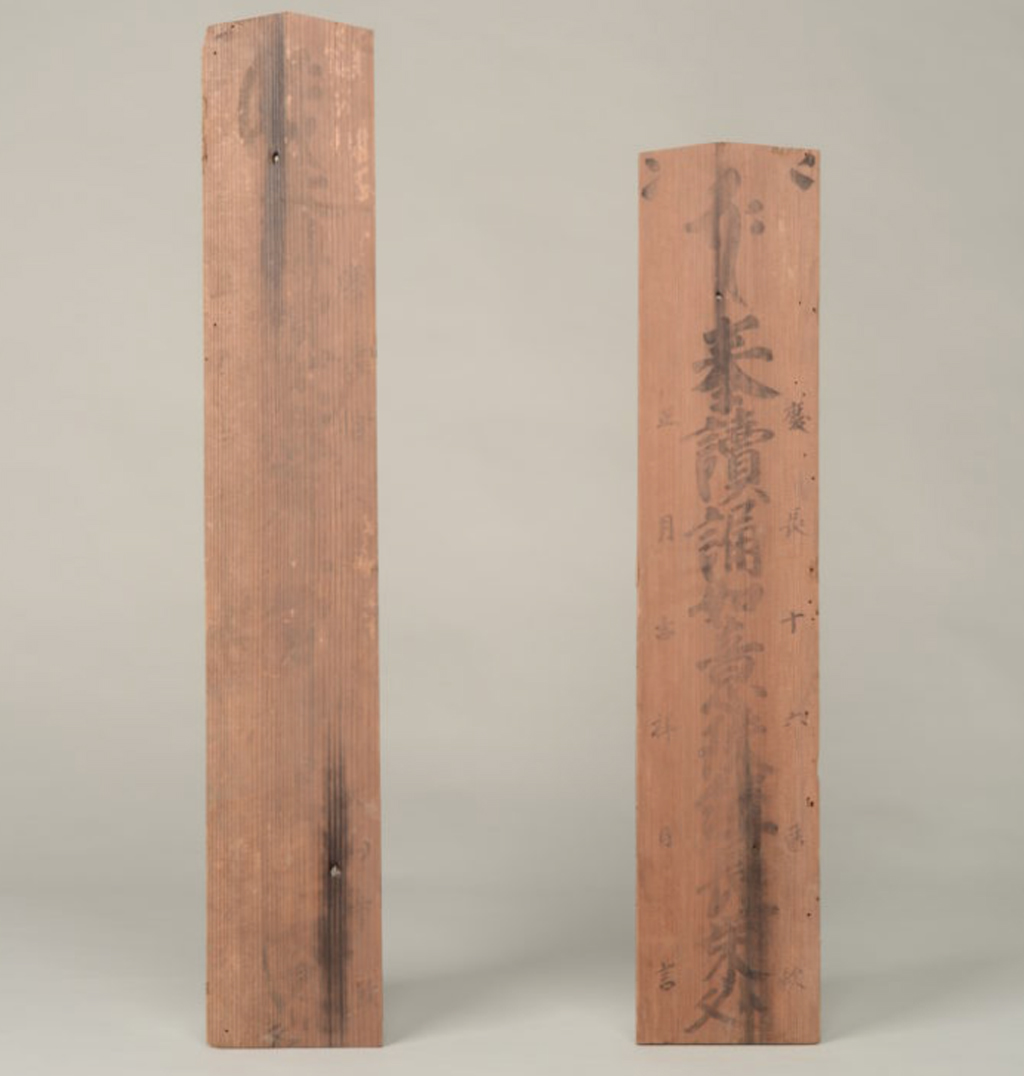
Matsue Castle
Alternative name: Chidori-jō (Plover Castle)
Date of construction: 1607 – 1611
Built by: Horio Yoshiharu
Castle type: Hirayama-jō(Flatland hill castle)
Main structures: Castle keep, watchtowers, stone walls
Admission: Adults 560 yen, children 280 yen.
Hours: 08:30 – 18:30 (closes at 17:00 between October and March)
Days: Open every day.
Contact: Matsue Castle Management Office 0852・21・4030
Address: 1-5 Tonomachi, Matsue-shi, Shimane-ken 690-0887, Japan
Access: 10 minutes by bus from JR Matsue Station
Official website (in Japanese): http://www.matsue-tourism.or.jp/m_castle








